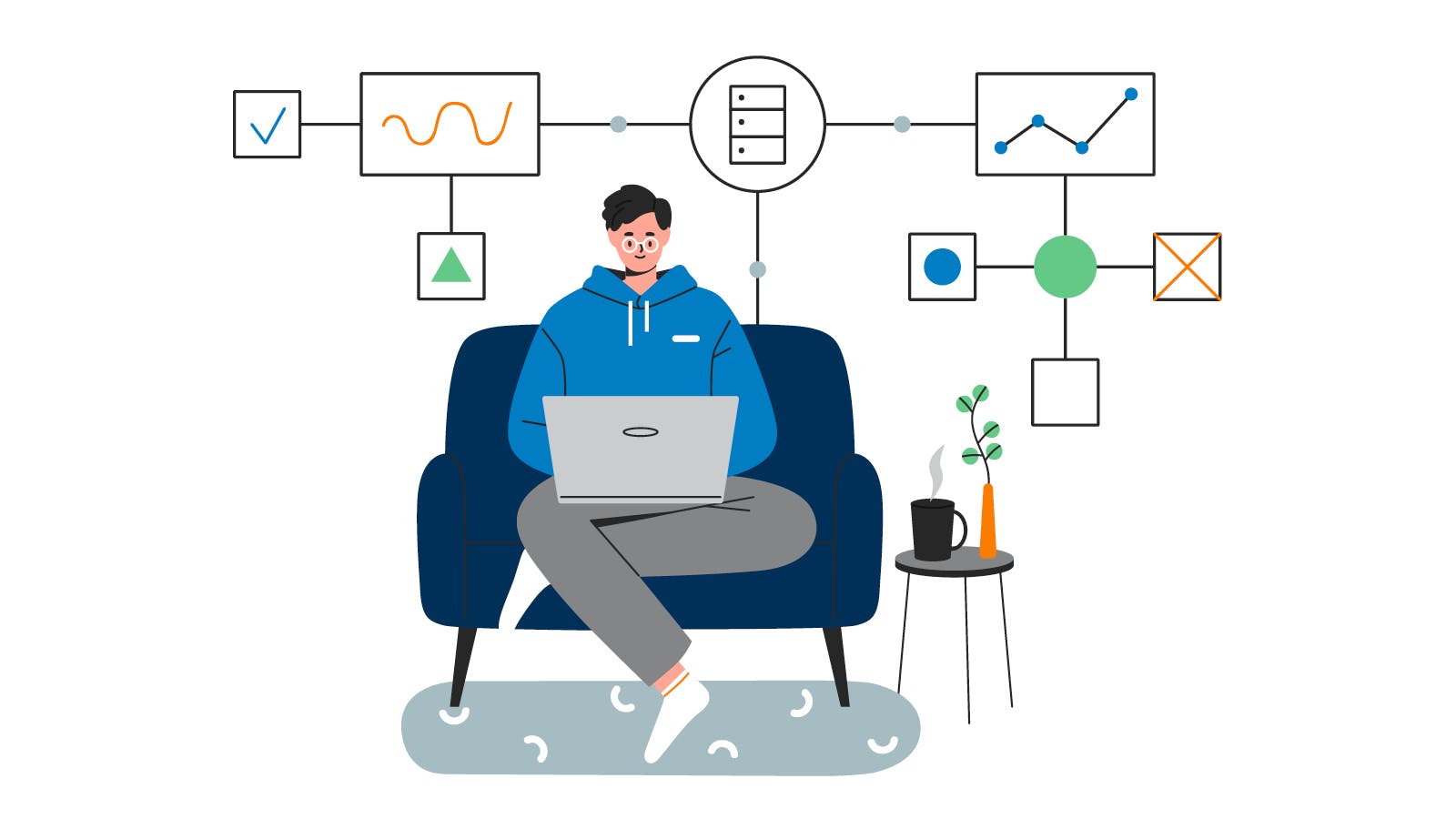Your home mortgage is likely the largest loan you’ll ever take out, so it’s important to get the full picture before signing on the dotted line. If you’re juggling ARM versus fixed-rate or 15- versus 30-year, it can be difficult to determine what might be the best loan for you. You may want to consider and analyze a few key factors, weigh your options and lock in a loan you love.
Length
A shorter loan term will often come with larger monthly payments despite a potentially lower interest rate, because you’ll be paying the loan down more quickly. While longer loan terms may offer smaller monthly payments, you’ll pay more in interest over the life of the loan. The right loan term for you can also depend on how long you plan to stay in the home or even your investment priorities (Investopedia, 2020). Weigh whether you’d prefer to pay less each month and more over time, or more upfront each month and less over the life of the loan.
Annual Percentage Rate
The annual percentage rate, or APR, is “the interest rate plus other costs such as fees, discount points and some closing costs, expressed as a percentage” (Bankrate, 2020). For some borrowers, they may decide that the loan with the lowest APR may automatically win out. When comparing interest rates or APRs, however, be sure to find out what exactly is included and whether or not there are any upfront costs. You may also want to confirm that you actually qualify for any crazy-low APRs or interest rates advertised.
Type of Interest Rate
Adjustable-rate mortgages (ARM) are set at an introductory rate for a fixed period, then switch to a variable rate. This means your interest rate likely can fluctuate both up and down or may only increase over time. Fixed-rate mortgages are locked in at a set rate, which stays fixed for the life of the loan. ARM rates often start lower than fixed-rates, but there is a chance they could rise over time. It might be a good idea to thoroughly assess your risk tolerance when weighing types of interest rates.
Balloon Payments
Certain loan offers may include a balloon payment, which is a “larger-than-usual one-time payment at the end of the loan term” (CFPB, 2017). If you’re considering a loan with a balloon payment, be aware of the risk involved. If your property value declines or you run into financial challenges, making that large, final payment may be difficult. If you don’t have adequate savings or another sure-fire plan to make the payment, you mat want to add a big ol’ tick to the ‘con’ column.
Total Amount
The total loan amount includes the principal, or the initial size of the loan (Investopedia, 2020), plus any interest accrued over the life of the loan. In general, it may be ideal to choose the mortgage loan that has you paying the least total amount over the loan term. If you can afford the corresponding monthly payments, you’ll end up spending less over the life of the loan.
Monthly Payment
Speaking of monthly payments, you’ll likely want to get very familiar with the amount you’re expected to pay each month. Options like adjustable interest rates (Investopedia, 2020) and balloon payments may decrease this amount, but it’s important to understand their potential risks before signing on.
Your home loan should be as perfect and personalized as your home! Deciding which financing is right for you is no easy task, though. The Federal Trade Commission offers a handy loan comparison worksheet for your convenience or you may also find that you save yourself time (and potentially money, too) by working with a mortgage professional like the mortgage brokers in the Motto Mortgage network, who can source a wide variety of loan options.
Either way, get to know the ins and outs of your home loan before signing on. It’s tied to your biggest asset, and maybe the next few decades of your life!
Published on December 14, 2020


